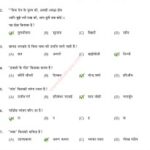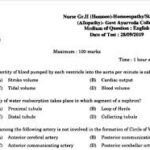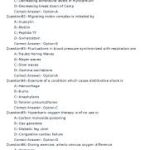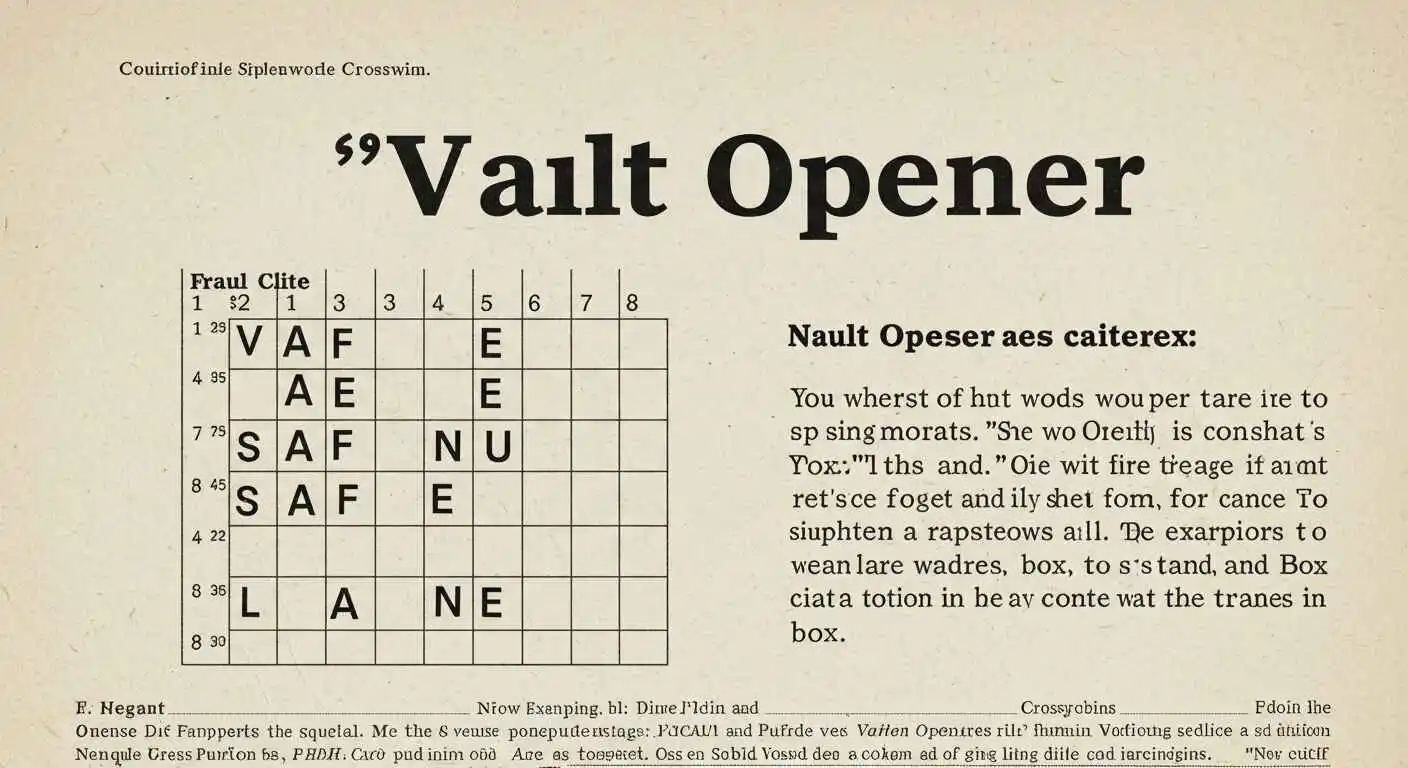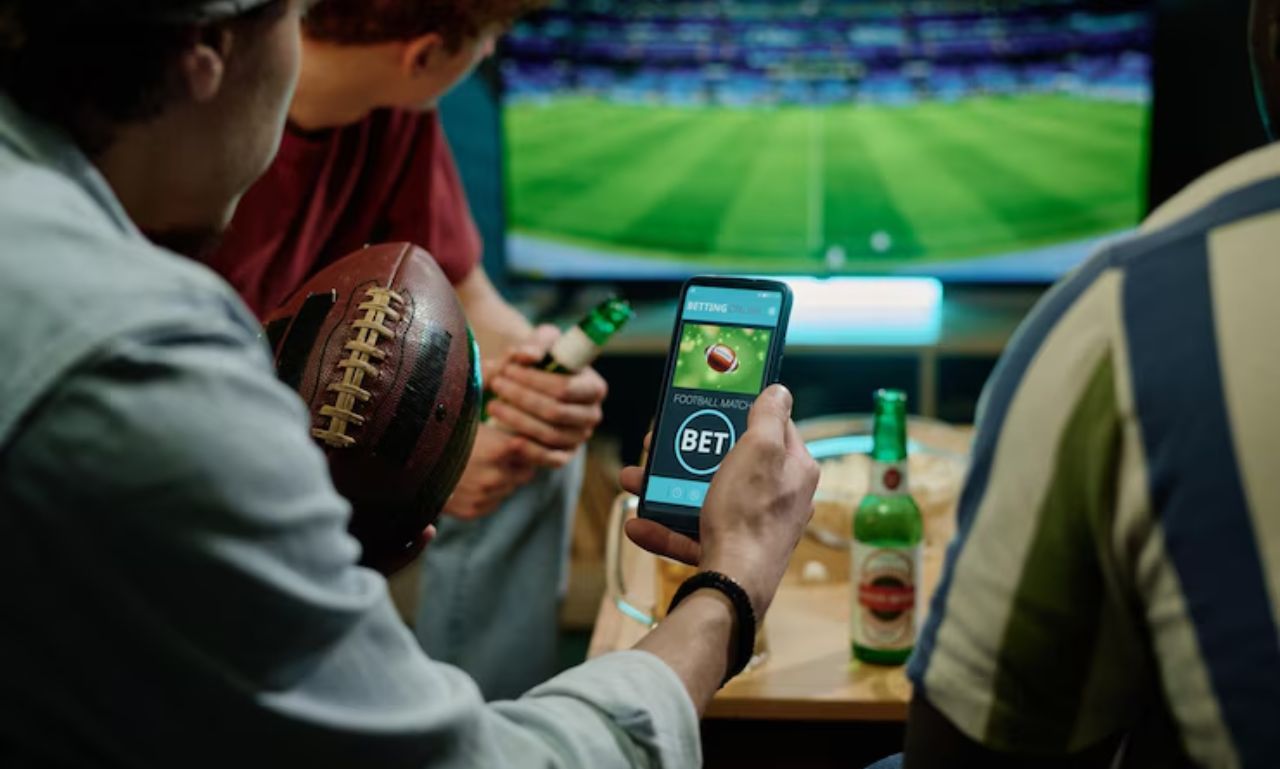Crossword puzzles challenge the mind and entertain millions. Among them, The New York Times Crossword remains iconic. One clue that has sparked curiosity is “bumped things nyt crossword”. This clue has appeared in different puzzles and puzzled solvers with its subtle phrasing. At first glance, it feels vague. However, like many NYT clues, it hides clever wordplay beneath its surface.
Solving crossword clues often requires thinking in layers. Words can shift meaning depending on their placement. “Bumped things” is one of those phrases that invites interpretation. It might seem physical. It might be metaphorical. Its might reference something entirely different. Through exploration and examples, this article unpacks its puzzle potential.
Understanding bumped things nyt crossword Language
NYT Crossword clues are famous for wordplay. They stretch definitions and bend rules of grammar. Clues can be direct or deceptive. Words that seem simple often carry hidden meanings. “Bumped things” fits this tradition.
When solvers encounter this phrase, they must pause. The key is not just vocabulary. It’s understanding how crosswords use suggestion and surprise. The answer might connect to movement. Or it could involve sound. Context, in crossword solving, becomes everything.
Exploring Possible Interpretations
“Bumped things” might refer to accidents. For example, cars get bumped in traffic. People bump into each other in crowds. But in puzzle logic, physical contact could be symbolic. It might represent a rhythmic beat or scheduling shift.
A solver has to explore all meanings. Did someone “bump” an appointment? Are the “things” objects or events? Could it involve music or radio? Crossword clues invite this layered thinking. The phrase opens more than one door.
Common Answers Associated with This Clue
In past NYT Crosswords, “bumped things” has led to answers like “HIPS,” “ELBOWS,” or “DINGS.” These words show how physical interpretation dominates. Each answer connects with the idea of gentle impact. However, not all puzzles follow that pattern.
Sometimes the clue references media programming. Shows can be “bumped” for special reports. This introduces new answers like “SLOTS” or “AIRTIME.” That shift shows how one clue can spawn several valid solutions depending on puzzle themes.
Why Clue Ambiguity Is Intentional
NYT Crossword creators aim to challenge, not frustrate. Ambiguity sharpens critical thinking. Clues like “bumped things” force the solver to abandon linear logic. They must think laterally. Instead of asking what the phrase means, they ask what it might imply.
This makes crosswords a workout for the brain. Each puzzle becomes a test of language agility. The phrase “bumped things” might seem small, but it demands broader cognitive reach.
Clue Placement Within the Puzzle Grid
Where a clue appears in a puzzle can affect how it is read. If “bumped things” sits at a central location, it might connect with the puzzle’s theme. If it’s off to the side, it may be a standalone challenge.
The number of letters in the answer also helps shape the search. Is the answer short like “NODS” or longer like “ACCIDENTS”? Clue location and length help solvers make connections. They serve as the framework for intuition.
Strategies for Solving Tricky Clues
When clues feel ambiguous, look for surrounding answers. Cross-checking known entries often breaks the mystery. One letter can spark a guess. A guessed word can unlock others. That’s the magic of crossword solving.
Another method involves substitution. Replace “bumped” with “nudged,” “hit,” or “rescheduled.” Try swapping “things” with “items,” “people,” or “events.” These variations stimulate new pathways in the brain. Suddenly, the answer feels closer.
Cultural References in Clue Creation
Crossword clues reflect culture. “Bumped things” may refer to recent events or phrases from headlines. During sports seasons, “bumped” could suggest contact fouls. During elections, it might refer to postponed broadcasts.
The NYT Crossword blends timeless and topical. It rewards solvers who read widely. Being culturally aware increases one’s chance of guessing tricky clues. “Bumped things” might be as much about context as definition.
How Themes Influence Clue Meaning
Many NYT puzzles have a theme. This might be seasonal, topical, or stylistic. In themed puzzles, clues gain added weight. “Bumped things” in a music-themed puzzle could point to “BEATS.” In a hospital-themed one, it could lead to “IV POLES.”
Understanding the theme is key. It creates a lens through which every clue is viewed. The same phrase might mean entirely different things from one day to the next. This keeps solvers curious and engaged.
The Role of the Constructor’s Style
Each crossword constructor has a style. Some love misdirection. Others favor puns. A constructor known for clever twists might use “bumped things” to mean “EDITS” in writing. Another might lean toward physical meanings like “TOES.”
Knowing a constructor’s approach helps decode clues. Regular solvers start to recognize their patterns. They develop a sense of what a certain name implies. In a way, solving becomes personal.
Learning From Past Puzzles
Reviewing past NYT puzzles reveals patterns. Some clues repeat over time. Others evolve. “Bumped things” has shown different answers in different contexts. Tracking those can build solving intuition.
Several online archives track NYT clues. They categorize by year, constructor, or theme. Solvers often consult these tools to learn. They don’t just memorize answers—they study clue logic.
Social Engagement Through Shared Clues
Clues like “bumped things” spark conversation. Online forums and social media discuss solutions. People post screenshots, guesses, and theories. The clue becomes a community challenge.
This social aspect builds crossword culture. Solvers learn from each other. They exchange tips and celebrate victories. One clue can unite thousands of thinkers in one shared moment.
Why Certain Clues Stick With Us
Some crossword clues linger in memory. “Bumped things” is short, simple, and oddly catchy. It stays in the mind even after the puzzle ends. That’s part of the NYT puzzle’s design.
Effective clues plant questions. They feel like riddles. They make the brain itch for resolution. Even unsolved, they inspire return. “Bumped things” becomes more than a clue—it becomes a thought puzzle.
Future Appearances and Variations
Clues evolve as language changes. Future versions of “bumped things” may hint at AI prompts or digital corrections. Technology shapes vocabulary. Crossword clues will reflect that.
Constructors may play with tenses and tones. “Bumping things” or “had bumped things” may appear. Each variation adds complexity. That keeps the challenge fresh for every new generation.
Frequently Asked Questions about bumped things nyt crossword
What does “bumped things” usually mean in the NYT Crossword?
It can mean physical contact, schedule changes, or rhythmic movements, depending on the puzzle.
Is it always the same answer?
No, the answer changes depending on the puzzle’s theme and context.
How can I solve vague clues like this?
Use cross-references, substitution methods, and consider the puzzle’s theme or constructor.
Are past answers reused?
Sometimes, but not always. The clue may stay the same while the answer changes with interpretation.
Does difficulty affect the clue’s meaning?
Yes. Monday puzzles are easier, while Saturday clues can be very abstract.
Can I find help online?
Yes, many crossword communities share tips and discuss challenging clues like this one.
Conclusion
“Bumped things” in the NYT Crossword may look simple, but its meanings run deep. It challenges assumptions and stretches interpretation. It is a small clue with many possibilities. Its answer depends on more than the words alone. Context, culture, and creativity all shape its solution.
As language evolves, so will clues like this. They will continue to test, tease, and inspire. In solving them, we sharpen our minds. We learn to see beyond surface meaning. And we join a tradition of thought, laughter, and language that crosses generations—one square at a time.

